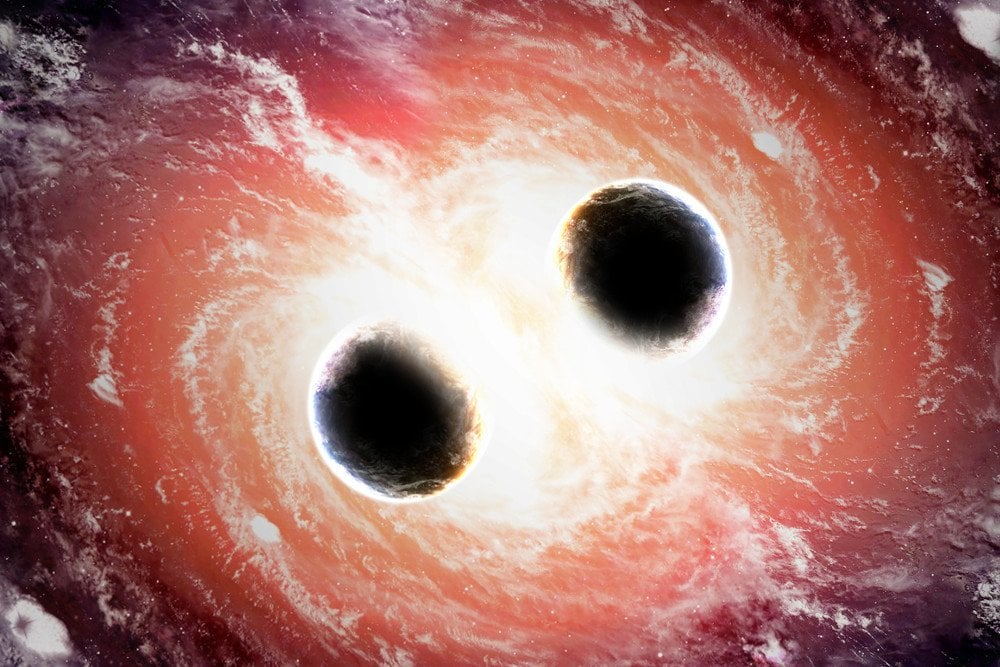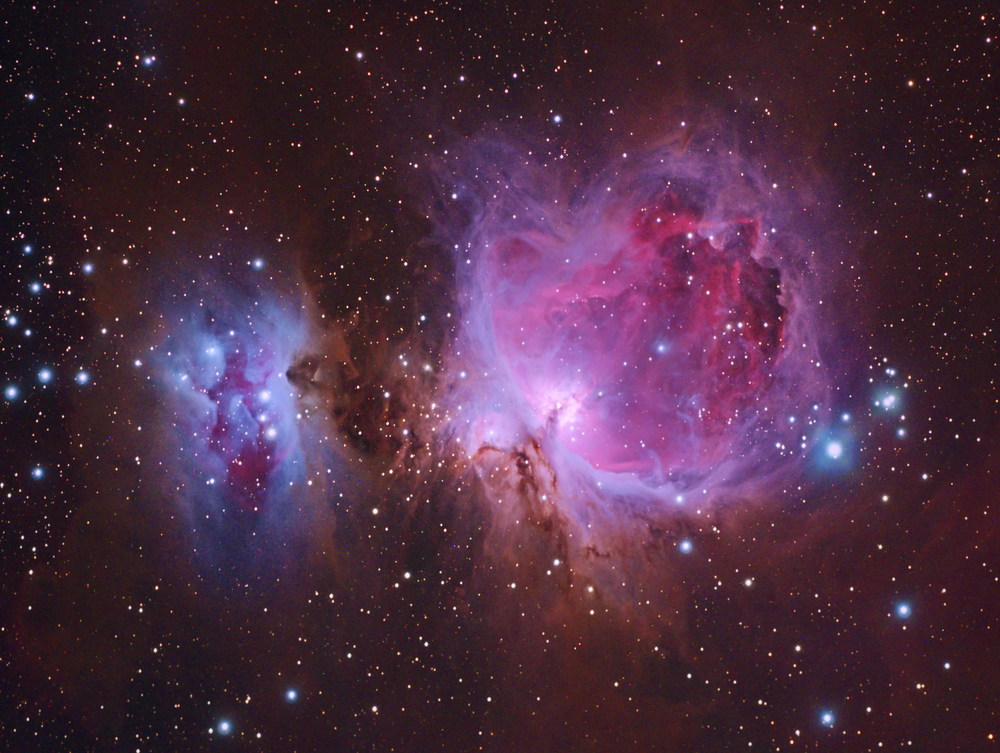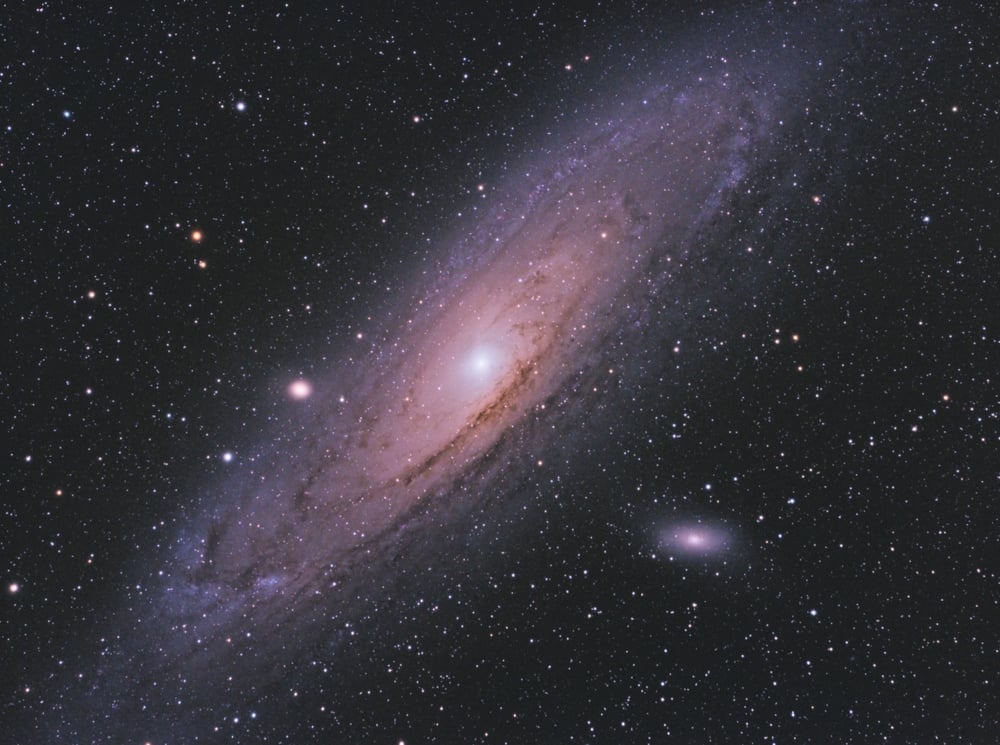Extragalactic systems are entities outside of the Milky Way and their scope is unending. Their study is beneficial in finding out what mankind was, is and will be in the future.
From one perspective, the world we know of somewhat ends at the boundary of the Milky Way. It may seem like anything outside that hypothetical limit cannot affect us and is basically irrelevant. All the other galaxies and their subsequent entities are spread across hundreds and thousands of light-years. However, understanding these entities can help us comprehend where we came from and where we’re headed.

Recommended Video for you:
What Are Extragalactic Systems?
Extragalactic systems are systems containing objects that lie outside the Milky Way. The branch of astronomy that deals with this massive region of space is called Extragalactic Astronomy.
In other words, it is the polar opposite of Galactic Astronomy. The galaxies that make up the Local Group—the closest group of objects in our vicinity—can be observed in great detail. As modern scientific advancements have reached their zenith, it is now possible to even look out for very distant objects at the edge of the ‘OBSERVABLE’ universe.
There is endless scope in discovering new things, as this field of research provides insight on various subjects. Topics like black holes and galactic evolution are very relevant here. It has now become possible to understand how certain phenomena like gravity exist outside the Milky Way. Observing the farther-out galaxies gives us a glimpse of our own history.

What Are The Core Constituents Of A Galaxy?
Most galaxies, irrespective of their shape, consist of a few common parts:
- The nucleus of the galaxy
- A central bulge
- A disc-like structure (thin and thick)
- Arms of the galaxy
- A component of the galaxy that stems from the individual shape
- A halo-like structure
These elements are found in all galaxies, but their configurations set them apart from all others. These characteristics are responsible for the way a galaxy functions and how we view it from Earth.

Some Extragalactic Systems In Our Vicinity
- Cannis major dwarf – distance to the center of galaxy – o.o25 million light-years (satellite to the Milky Way)
- Draco II – distance to the center of galaxy – 0.0701 million light-years (satellite to the Milky Way)
- Barnard’s galaxy NGC 6822 – distance to the center of galaxy – 1.630 million light-years (consists of massive H II regions)
- GR 8 (DDO 155) – distance to the center of galaxy – 7.9 million light-years (a footprint galaxy)
- NGC 4214 (UGC 7278) – distance to the center of galaxy – 9.58 million light-years (a ‘starburst galaxy’)
- NGC 404 – distance to the center of galaxy – 10.0 million light-years (also called the ‘Mirach’s Ghost’)
It is interesting to note that most galaxies further serve the purpose of being satellites of bigger galaxies. So, while they’re separate entities, they are also used to study the properties of their neighboring galaxies. For example, the Milky Way alone has 50+ galaxies that are its satellites. Andromeda is the next biggest galaxy in line, with almost the same number of dwarf galaxies circling it.
Importance Of Studying Extragalactic Systems
- They help reveal the nature of formation of dark matter halos and the consequent shapes they take
- The massive ionization that the universe goes through every time a black hole feeds on its galaxy. This particular phenomenon sheds light on the molecular nature of each galaxy and what sets it apart from others
- The light emitted by these galaxies can hep us observe clusters of dark matter as they reverberate and get absorbed by various objects
- We can easily determine the gravitational mass of these galaxies by studying the light coming from them, which helps in analyzing the structure of the observable universe, to some extent
- A precise measurement of the size and gravity of the primary black hole in these galaxies can be found by studying their respective chemical emissions
- With the help of radio telescopes, the quantity and types of missing gases between stars can also be found
The Galaxy Next Door – Andromeda
The Andromeda galaxy is 2.5 million light-years away from the Milky Way and is a massive spiral galaxy. Andromeda and our own Milky Way are the mightiest galaxies in the local group. Both have multiple satellite galaxies and span a whopping 100,000+ light years.
Will Andromeda and the Milky Way eventually collide? This was the question posed by the masses when it was discovered somewhere around 1912 that the Andromeda galaxy seems to be moving towards our Milky Way at quite a healthy speed. Upon studying the facts about its radial velocity (scope of motion in the forward and backward direction), it was found that it was in fact racing its way towards us at a speed of 200 miles per hour.
At this rate, it will take some 4 billion years for them to ultimately collide. This isn’t just a very far-fetched prospect, but it could change dramatically as time progresses. If and when this collision takes place, there will be groundbreaking changes in the behavior of gravity in both galaxies; they may even merge to form one giant galactic system.

The vastly unexplored universe has an unimaginable amount of stars and other objects within it. Our study of extragalactic systems so far has explained some dark matter characteristics and havens, and has also revealed information about how certain proximate galaxies were formed. Further studies are being done to determine the relevance of galactic systems in context of the Milky Way. Their past, present and path to the future tell us a lot about our very own story!












